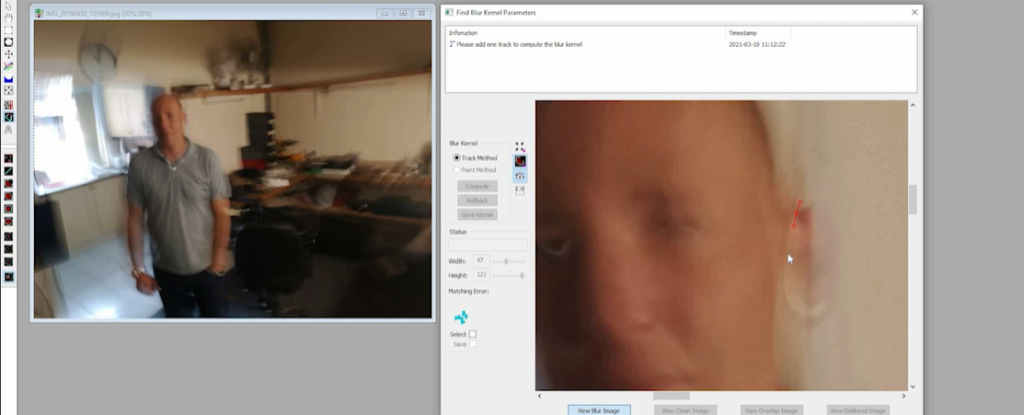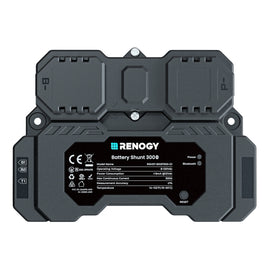In the digital age, where images serve as a pivotal form of evidence in various fields such as law enforcement, journalism, and scientific research, the integrity and authenticity of these images become paramount. With the proliferation of sophisticated editing tools, the need for robust image analysis software has never been more crucial. This is where tools like Forensic Image Analyzer (FiA) step in, offering a comprehensive toolkit to scrutinize digital images for signs of tampering or manipulation.
The Role of Image Analysis Software
Image analysis software plays a vital role in digital forensics by providing investigators with the means to delve into the intricate details of an image. By employing advanced algorithms and techniques from the realm of digital image processing, these tools enable the systematic examination of images for anomalies that might indicate tampering.
FiA: A Versatile Tool for Digital Forensics
Forensic Image Analyzer (FiA) stands out as a versatile and powerful tool designed specifically for analyzing digital images. Equipped with a wide array of features, FiA empowers users to authenticate images and unearth any alterations or inconsistencies present within them.
Compression Level Analysis
One of the key functionalities of FiA is its ability to perform compression-level analysis. This feature allows users to scrutinize the compression artifacts present in an image, which can often serve as telltale signs of manipulation. By meticulously analyzing these artifacts, investigators can gain insights into the image’s history and determine if it has been subjected to compression or recompression, potentially indicating tampering.

Block Artifact Detection
FiA also offers robust block artifact detection capabilities. Block artifacts, resulting from compression algorithms, manifest as pixelated regions or irregularities within an image. Through sophisticated algorithms, FiA can identify and isolate these artifacts, enabling investigators to assess the integrity of the image and identify any regions that might have been altered or tampered with.
ADJPEG Analysis
Another noteworthy feature of FiA is its ADJPEG analysis capability. ADJPEG, or Adobe JPEG, refers to a specific type of compression commonly used in image editing software. FiA can dissect the ADJPEG encoding parameters of an image, allowing users to discern whether it has undergone alterations using software like Adobe Photoshop or similar tools. This analysis can provide valuable insights into the authenticity of the image and the potential presence of manipulation.
Correlation Map Generation
FiA facilitates the generation of correlation maps, which offer a visual representation of the correlations between different regions within an image. Discrepancies or irregularities in these correlation maps can indicate areas of the image that have been tampered with or manipulated. By meticulously analyzing these maps, investigators can pinpoint suspicious regions and conduct further examination to ascertain the authenticity of the image.
Conclusion
In an era where digital images serve as crucial pieces of evidence in various domains, the importance of reliable image analysis software cannot be overstated. Tools like Forensic Image Analyzer (FiA) play a pivotal role in digital forensics, empowering investigators to scrutinize images with precision and accuracy. From compression level analysis to block artifact detection and ADJPEG analysis, FiA offers a comprehensive toolkit for uncovering signs of tampering or manipulation within digital images. By harnessing the power of advanced algorithms and techniques from the field of digital image processing, FiA stands as a stalwart guardian of image integrity and authenticity in the digital age.




